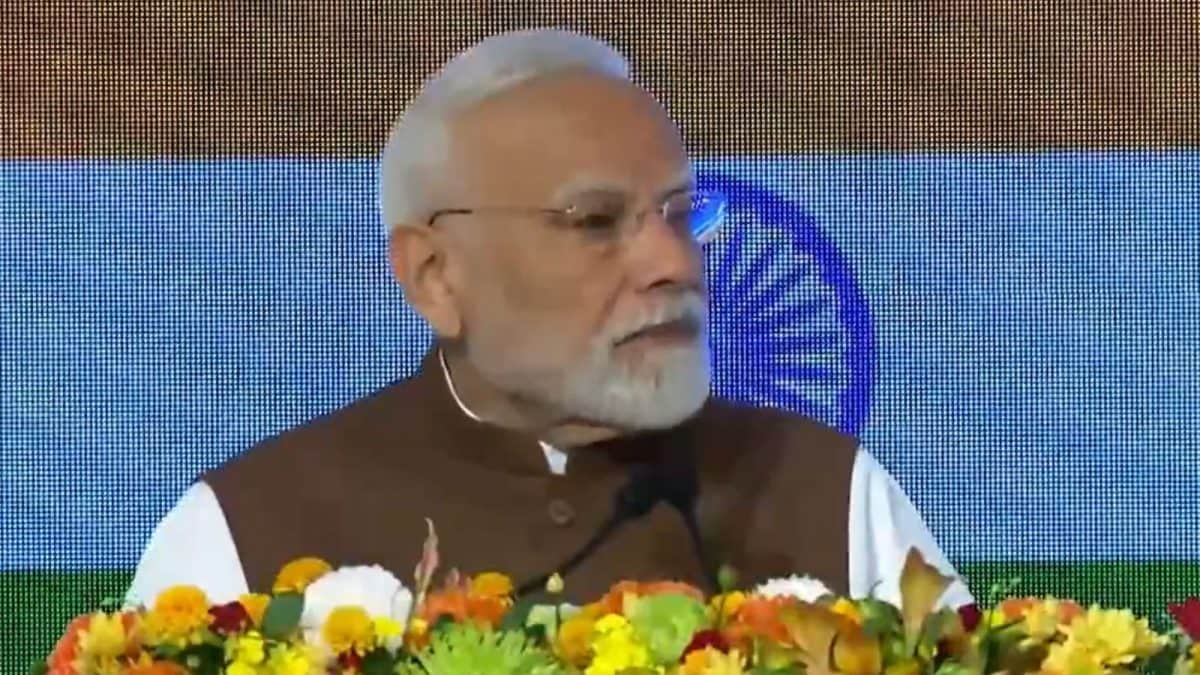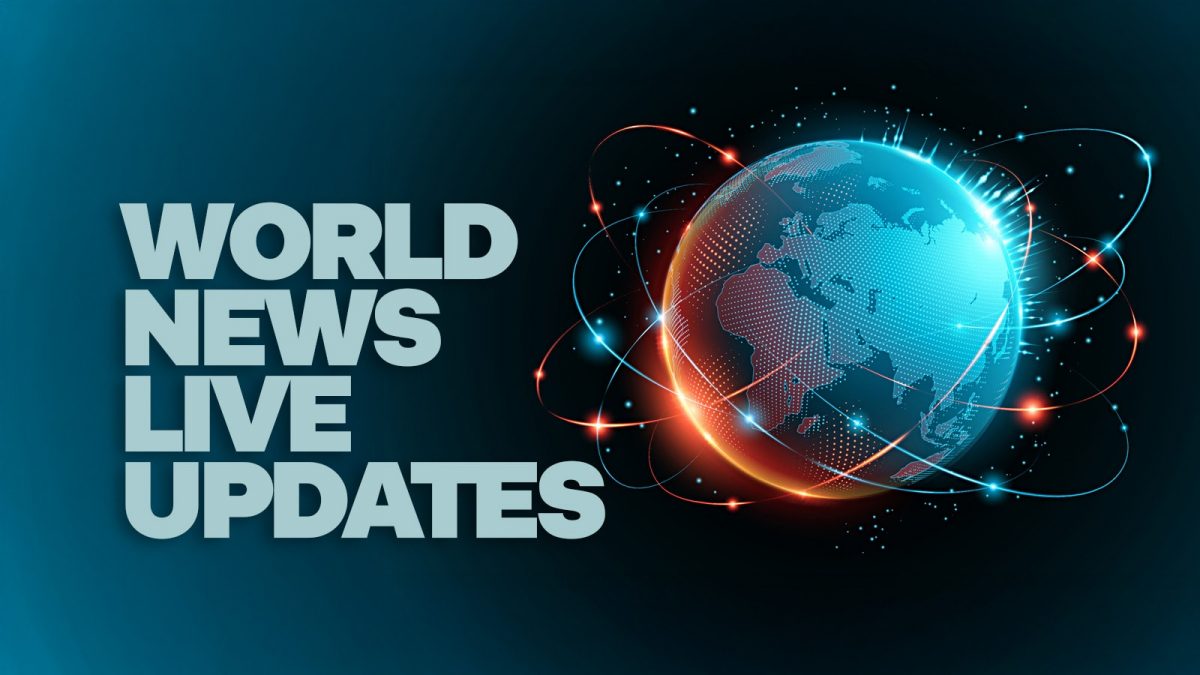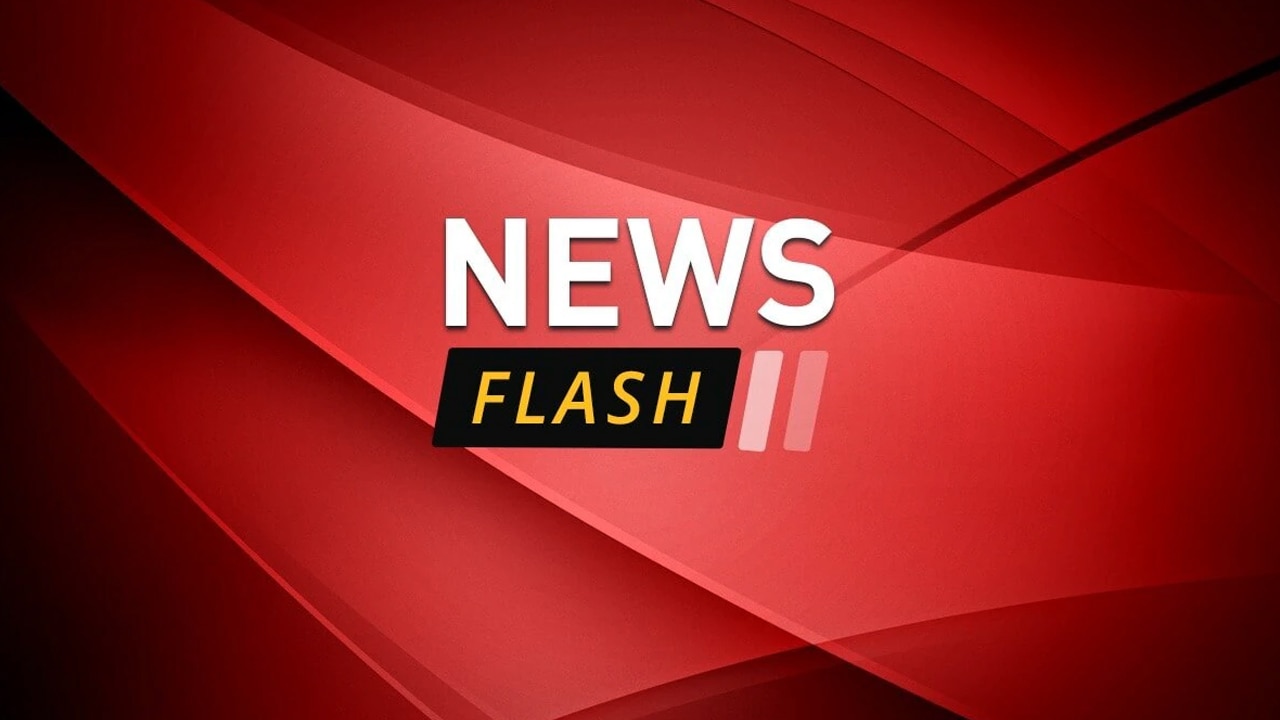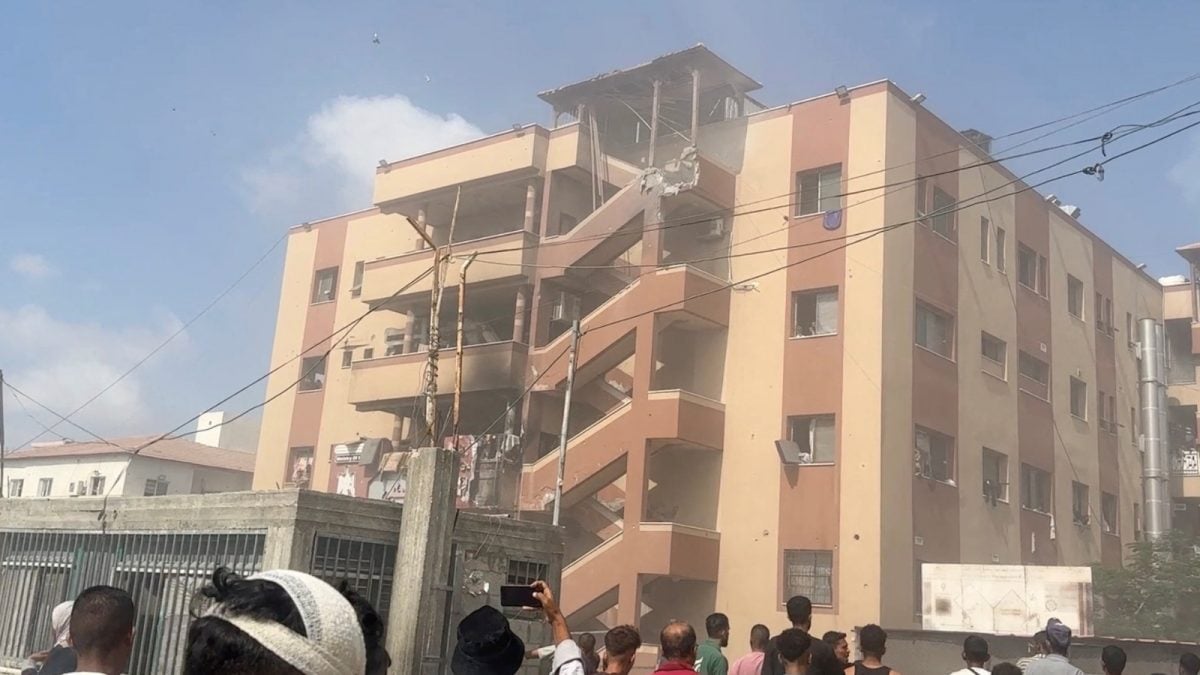Last Updated:July 30, 2025, 14:22 IST
Russia Earthquake Triggers Tsunami: Russia's earthquake is tied for the sixth strongest on record, and the strongest since 2011 Japan earthquake which triggered a tsunami

Waves from a tsunami hit residences after a powerful earthquake in Natori, Miyagi prefecture, Japan, on March 11, 2011. (Kyodo News via AP, File)
A massive 8.8 magnitude earthquake struck off Russia’s remote east coast, triggering tsunami waves in Japan, Russia and US shores, with five-foot (1.5-meter) waves hitting Hawaii.
Tsunami alerts were also in place in several Pacific nations, the US and Canadian coasts, and parts of South America.
The quake is tied for the sixth strongest ever recorded, and the strongest since 2011, when a 9.0 magnitude earthquake hit northeast Japan, triggering a devastating tsunami.
Strongest earthquake at Kamchatka Peninsula since 1952
The quake was the strongest to hit this area on the Kamchatka Peninsula since 1952, according to the local branch of the Geophysical Survey of the Russian Academy of Sciences. The 9.0 quake on November 4, 1952, in Kamchatka caused damage but no reported deaths despite setting off 9.1-meter (30-foot) waves in Hawaii.
EXPLAINED: Russia’s Earthquake Epicentre Kamchatka Is In Pacific Ring Of Fire: Why That Makes It More Dangerous
Earlier in July, five powerful quakes — the largest with a magnitude of 7.4 — struck in the sea near Kamchatka. The largest quake was at a depth of 20 kilometers and was 144 kilometers east of the city of Petropavlovsk-Kamchatsky.
What is a tsunami? What does the word mean?
A tsunami is a powerful and often devastating natural phenomenon consisting of a series of ocean waves caused by a sudden disturbance beneath or near the sea. The most common trigger is an undersea earthquake, particularly in areas where tectonic plates meet and one plate is forced beneath another, such as at subduction zones. Other causes include volcanic eruptions, where a sudden collapse or explosion displaces water; underwater landslides, often following earthquakes; and, more rarely, events like glacial collapse or even a meteorite impact.
When such a disturbance occurs, it displaces a massive volume of seawater, sending waves radiating outward in all directions at speeds up to 800 kilometers per hour (500 mph) in deep water. In the open ocean, these waves may only be a few centimeters high and go unnoticed by ships. However, as they approach shallow coastal areas, the waves slow down, grow in height dramatically, and surge inland with tremendous force. This is what causes the destructive flooding commonly associated with tsunamis.
Contrary to popular belief, tsunamis are not caused by tides or winds, and the term “tidal wave" is misleading. The correct scientific term is tsunami, which comes from the Japanese words “tsu" (harbor) and “nami" (wave). Tsunamis can cause massive destruction to coastal communities, including loss of life, the destruction of infrastructure, environmental damage, and long-term economic and social impacts.
What is subduction? How is it related to tsunamis?
Subduction is a geological process where one tectonic plate is forced beneath another into the Earth’s mantle. It usually occurs at convergent plate boundaries, where an oceanic plate, which is denser, sinks below a continental plate or another oceanic plate. As the descending plate moves downward, it creates a deep ocean trench and causes intense geological activity. This includes earthquakes, volcanic eruptions, and mountain formation. The pressure and friction generated during subduction can cause the plates to suddenly slip, releasing massive energy—often resulting in megathrust earthquakes, which are the main cause of tsunamis.
The 10 worst tsunamis recorded in the world so far
1. Tōhoku Tsunami: Japan (2011)
On March 11, 2011, a colossal undersea megathrust earthquake with a magnitude of 9.0 struck off the northeastern coast of Japan, near the Tōhoku region. Triggered by the Pacific Plate subducting beneath the North American Plate, the quake displaced the seafloor and generated a massive tsunami. Waves reached heights of up to 40 meters, devastating entire towns like Rikuzentakata and causing the Fukushima nuclear disaster.
The destruction: Over 15,899 lives were confirmed lost, with thousands more injured or missing. The disaster caused widespread destruction in Japan and minor tsunami effects were felt across the Pacific, including in Hawaii, the U.S. West Coast, Chile, and Russia.
2. Indian Ocean Tsunami: Indonesia (2004)
On December 26, 2004, one of the deadliest natural disasters in history occurred when a 9.1-9.3 magnitude earthquake struck off the west coast of Sumatra, Indonesia. Caused by a sudden rupture along the Sunda Megathrust, where the Indian Plate is subducting beneath the Burma Plate, it generated a massive tsunami that spread across the Indian Ocean.
The destruction: The waves, reaching up to 30 meters, hit coastal regions of Indonesia, Thailand, Sri Lanka, India, Maldives, and East Africa, killing an estimated 230,000 to 280,000 people and displacing millions. Infrastructure was obliterated, and entire communities were wiped out.
3. Papua New Guinea Tsunami (1998)
On July 17, 1998, a 7.0 magnitude earthquake off the coast of Papua New Guinea triggered a catastrophic tsunami. The real damage, however, was caused by a submarine landslide, which rapidly displaced water and produced a focused tsunami with waves as high as 15 meters.
The destruction: The waves struck coastal villages in the Sissano Lagoon area, killing around 2,200 people. Though localised, the destruction was intense, with entire villages flattened and thousands left homeless.
4. Kamchatka Tsunami: Russia (1952)
On November 4, 1952, a 9.0 magnitude earthquake off the coast of the Kamchatka Peninsula in Russia generated a powerful tsunami in the Pacific Ocean. Caused by the subduction of the Pacific Plate beneath the Okhotsk Plate, the resulting waves destroyed settlements along the Kamchatka coast. The tsunami also crossed the ocean, causing damage in Hawaii, Alaska, and along the U.S. West Coast.
The destruction: Around 2,300 people died, and the waves caused millions in property damage, especially in Hawaii.
5. Messina Tsunami: Italy (1908)
On December 28, 1908, a 7.1 magnitude earthquake struck the Strait of Messina between Sicily and mainland Italy. The violent quake, likely caused by complex faulting, triggered underwater landslides that produced a tsunami with waves up to 12 meters. The disaster devastated the cities of Messina and Reggio Calabria, and is one of Europe’s deadliest natural events.
The destruction: Approximately 100,000 people died—many from the earthquake itself, but thousands more were swept away by the tsunami.
6. Sanriku Tsunami: Japan (1896)
On June 15, 1896, the northeast coast of Honshu, Japan was struck by a tsunami following an 8.5 magnitude “tsunami earthquake", which released energy slowly and produced minimal ground shaking. As a result, residents had no warning before tsunami waves, up to 38.2 meters high, crashed ashore during festival celebrations.
The destruction: Over 22,000 people died, and thousands of homes were destroyed in the Iwate and Miyagi prefectures.
7. Krakatoa Eruption and Tsunami: Indonesia (1883)
On August 27, 1883, the volcanic island of Krakatoa in the Sunda Strait of Indonesia erupted violently, causing the caldera to collapse. This volcanic collapse displaced vast amounts of seawater, generating tsunamis over 30 meters high.
The destruction: These waves devastated coastal towns and villages on the islands of Java and Sumatra, killing an estimated 36,000 people. The eruption and tsunami destroyed over 165 villages and altered global weather patterns for years due to the massive ash cloud.
8. Arica Tsunami – Peru/Chile (1868)
On August 13, 1868, a massive 8.5–9.0 magnitude megathrust earthquake struck near Arica, then part of Peru (now Chile). The quake, caused by the Nazca Plate subducting beneath the South American Plate, generated a tsunami that traveled across the Pacific Ocean. It destroyed Arica, reached Hawaii, New Zealand, and even Japan.
The destruction: Around 25,000 people were killed, with the port of Arica obliterated and multiple ships destroyed.
9. Nankaidō Tsunami: Japan (1707)
On October 28, 1707, the Hōei Earthquake, with a magnitude of 8.6, struck off the coast of southern Japan, along the Nankai Trough. It was caused by the Philippine Sea Plate subducting beneath the Eurasian Plate.
The destruction: The quake triggered a devastating tsunami that struck Shikoku, Honshu, and Kyushu, destroying over 29,000 homes and flooding thousands of hectares of farmland. The disaster killed about 30,000 people.
10. Lisbon Tsunami: Portugal (1755)
On November 1, 1755, a powerful undersea earthquake with an estimated magnitude of 8.5–9.0 struck offshore Portugal near Lisbon. The quake was followed by a massive tsunami and widespread fires, nearly destroying the city. Tsunami waves struck Portugal, southern Spain, and Morocco, with some reaching the Caribbean.
The destruction: The combined disaster killed between 40,000 and 50,000 people and profoundly influenced Enlightenment thinking in Europe due to its philosophical and theological implications.

At the news desk for 17 years, the story of her life has revolved around finding pun, facts while reporting, on radio, heading a daily newspaper desk, teaching mass media students to now editing special copies ...Read More
At the news desk for 17 years, the story of her life has revolved around finding pun, facts while reporting, on radio, heading a daily newspaper desk, teaching mass media students to now editing special copies ...
Read More
News explainers Russia Earthquake Triggers Tsunami: How Deadly Were The 10 Worst Instances The World Witnessed?
Disclaimer: Comments reflect users’ views, not News18’s. Please keep discussions respectful and constructive. Abusive, defamatory, or illegal comments will be removed. News18 may disable any comment at its discretion. By posting, you agree to our Terms of Use and Privacy Policy.
Read More

 4 weeks ago
4 weeks ago














